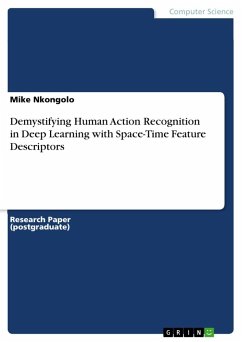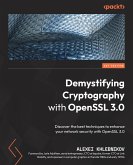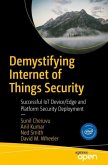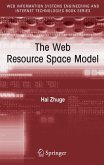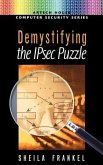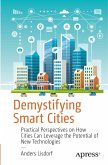Research Paper (postgraduate) from the year 2018 in the subject Computer Science - Internet, New Technologies, , course: Machine Learning, language: English, abstract: Human Action Recognition is the task of recognizing a set of actions being performed in a video sequence. Reliably and efficiently detecting and identifying actions in video could have vast impacts in the surveillance, security, healthcare and entertainment spaces.The problem addressed in this paper is to explore different engineered spatial and temporal image and video features (and combinations thereof) for the purposes of Human Action Recognition, as well as explore different Deep Learning architectures for non-engineered features (and classification) that may be used in tandem with the handcrafted features. Further, comparisons between the different combinations of features will be made and the best, most discriminative feature set will be identified.In the paper, the development and implementation of a robust framework for Human Action Recognition was proposed. The motivation behind the proposed research is, firstly, the high effectiveness of gradient-based features as descriptors - such as HOG, HOF, and N-Jets - for video-based human action recognition. They are capable of capturing both the salient spatialand temporal information in the video sequences, while removing much of the redundant information that is not pertinent to the action. Combining these features in a hierarchical fashion further increases performance.
Hinweis: Dieser Artikel kann nur an eine deutsche Lieferadresse ausgeliefert werden.
Hinweis: Dieser Artikel kann nur an eine deutsche Lieferadresse ausgeliefert werden.

